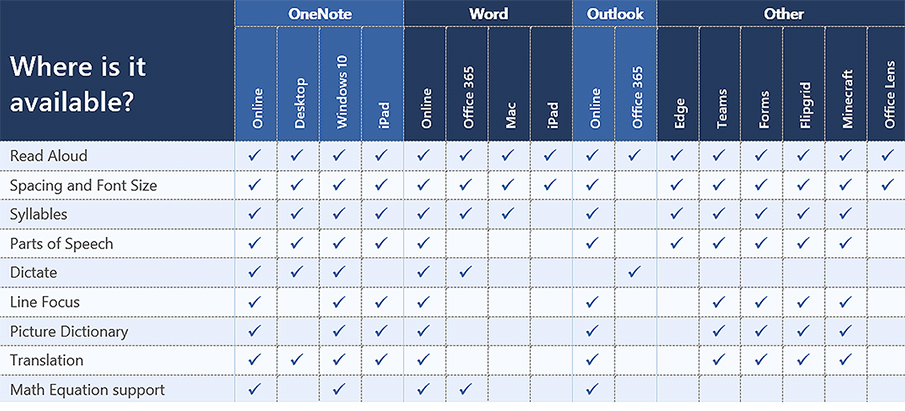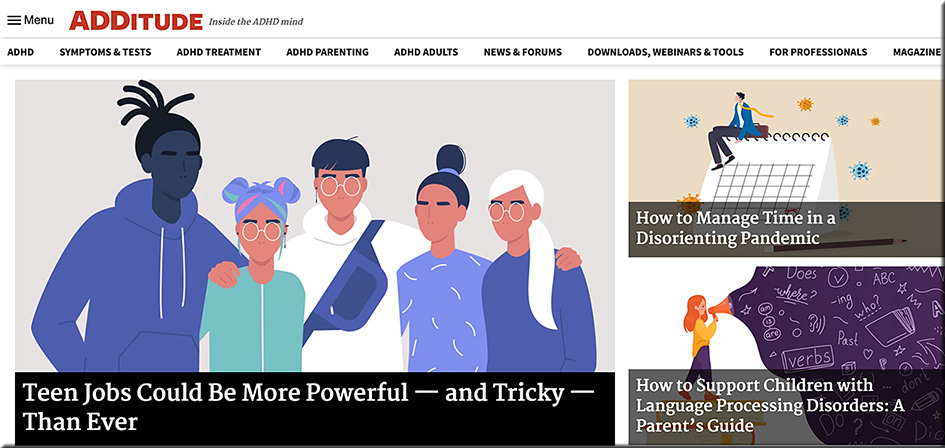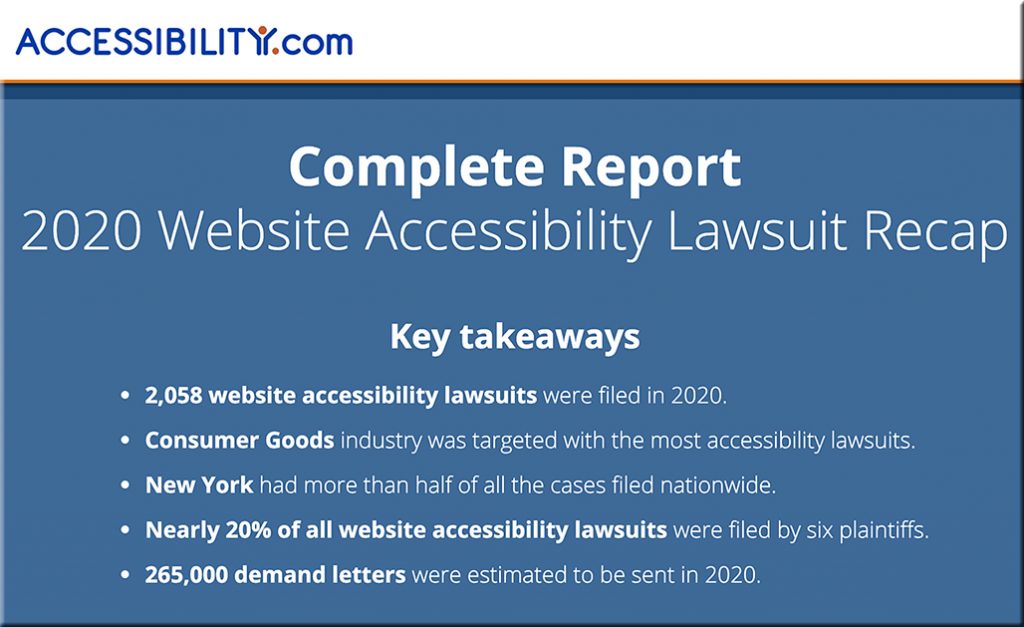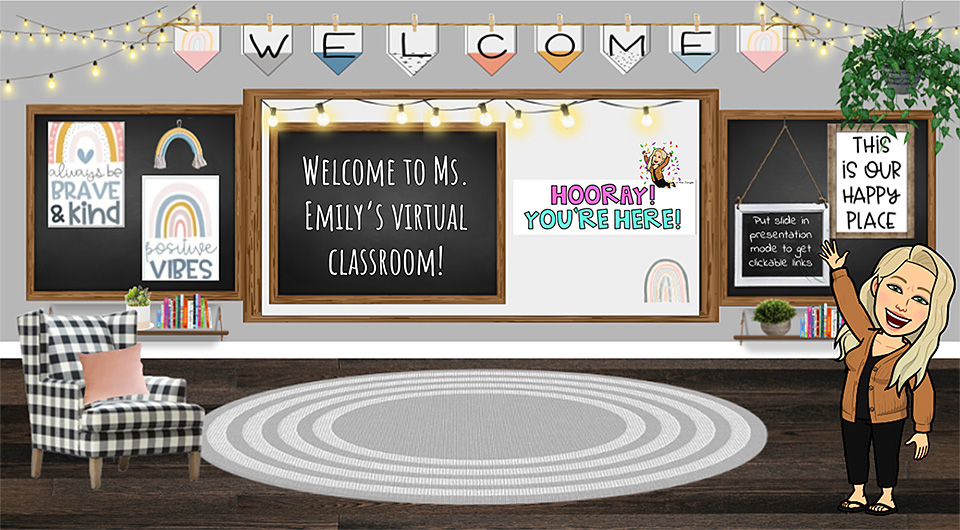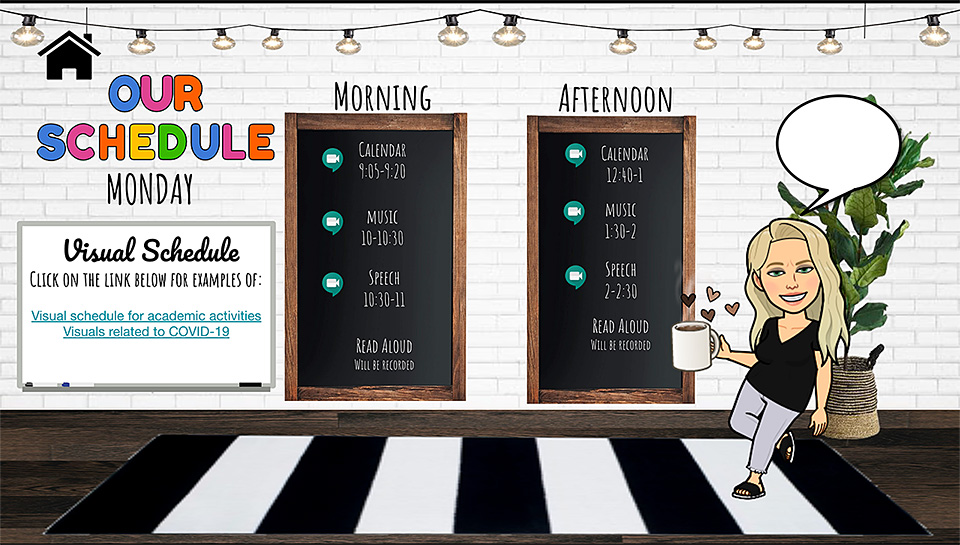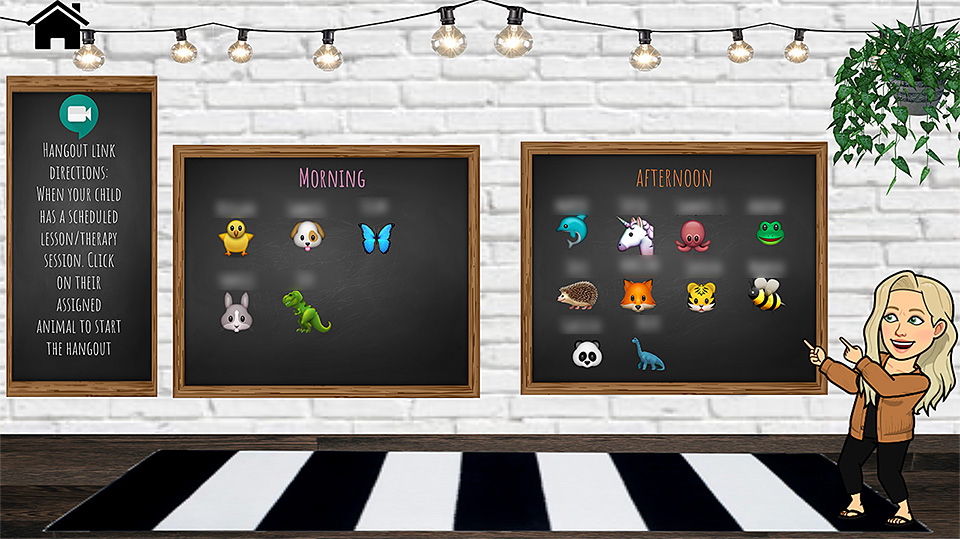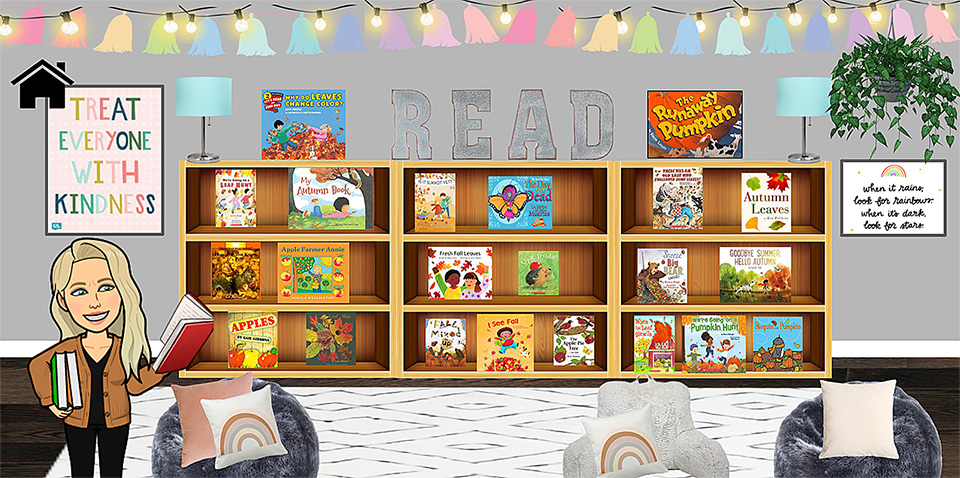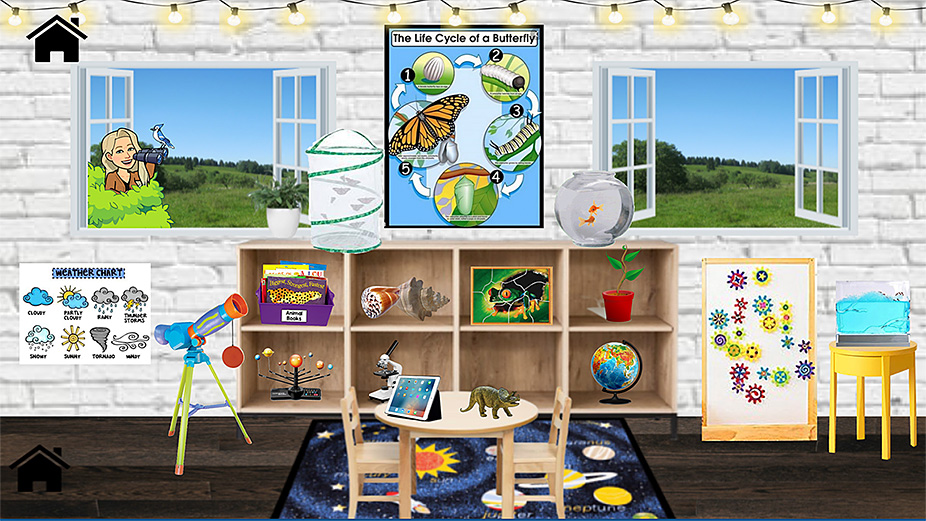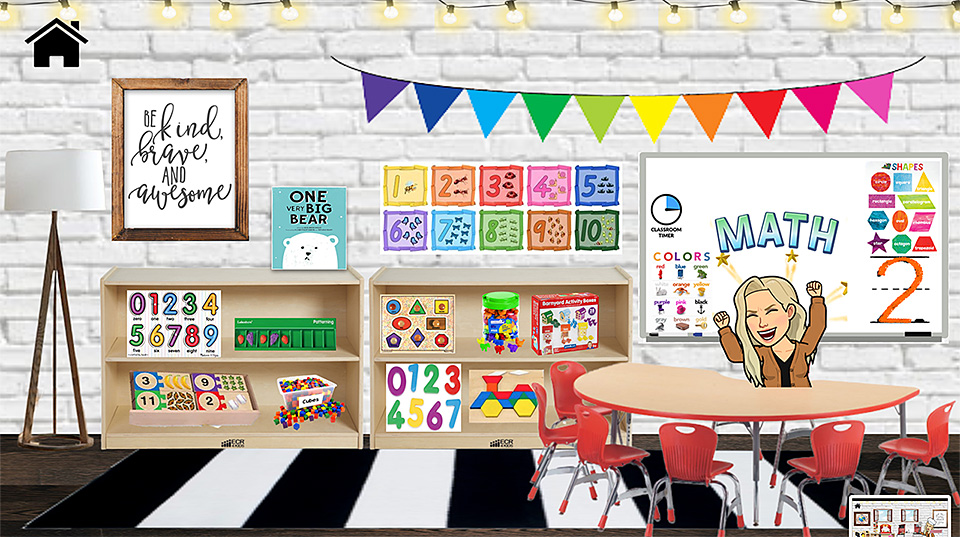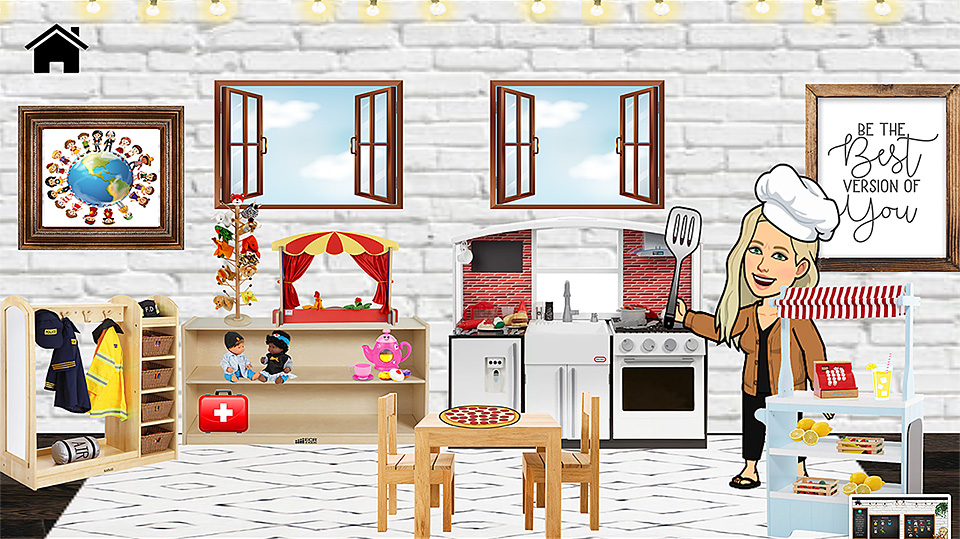Navigating website ADA compliance: ‘If you have videos that are not captioned, you’re a sitting duck’ — from abajournal.com by Matt Reynolds
Excerpts:
“If you have videos that are not captioned, you’re a sitting duck,” Goren said. “If you’re not encoding your pictures so that the blind person using a screen reader can understand what the picture is describing, that is a problem.”
Drop-down boxes on websites are “horrible for accessibility,” the attorney added, and it can be difficult for people with disabilities to navigate CAPTCHA (Completely Automated Public Turing test) technology to verify they are human.
“Trying to get people with voice dictation or even screen readers to figure out how to certify that they’re not a robot can be very complicated,” Goren said.
Also see:
Relevant Laws
- Section 508 of the United States Workforce Rehabilitation Act of 1973
- Section 504 of the United States Workforce Rehabilitation Act of 1973
- (Though less so, still related) Americans with Disabilities Act (ADA) ; also see ADAGreatLakes.org
Information re: Lawsuits
- Accessibility at a Crossroads: Balancing Legal Requirements, Frivolous Lawsuits, and Legitimate Needs — from Educause.edu by Martin LaGrow
- 2020 Full Year Report — from UsableNet.com
- [2020] A record-breaking year for ADA Digital Accessibility Lawsuits — from UsableNet.com
- DOE Rescinds “Mass Filer” Rule, Reopening Door for Web Accessibility Complaints — from levelaccess.com
- 50 Colleges Hit With ADA Lawsuits – from insidehighered.com (Dec 2018)
- Feds Prod Universities to Address Website Accessibility Complaints – from insidehighered.com (Nov 2018)










